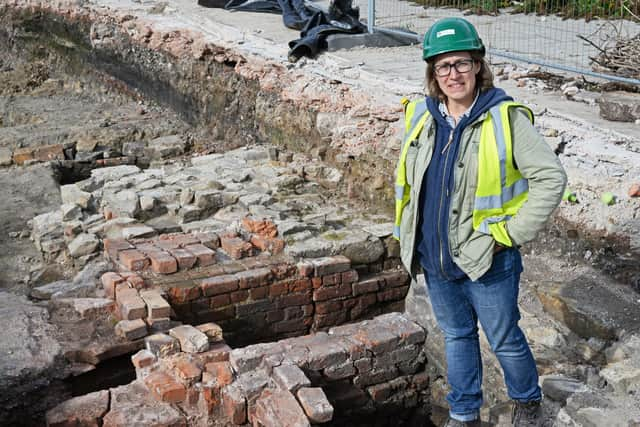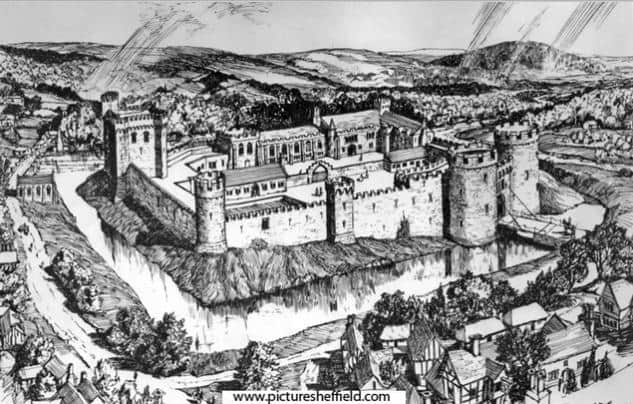The castle that even Sheffield locals had forgotten is there
and live on Freeview channel 276
But other than a street name, there was little to show of the important building that once formed a massive part of Sheffield city centre, at Castlegate.
Long before Castle Market was built, its site was home to a historic castle that once dominated the city, until it was destroyed nearly 400 years ago.
Advertisement
Hide AdAdvertisement
Hide AdFor most people in the city, the only clue to the past was the street name, and the name of the former market, which had been built on the site of what was in Tudor times an important strongpoint, which was, during the reign Queen of Elizabeth I, used to imprison Mary Queen of Scots.


Little is known about the castle’s earliest history. Experts say there is documentary evidence for the existence of a castle during the early 13th Century, before it was destroyed – along with the city – by supporters of Simon de Montford, who led a rebellion against Henry III.
A second castle was built, again in the 1200s, which Friends of Sheffield Castle say was originally the base for the De Furnival family – a name that lives on in the city with the road name, Furnival Gate. It was later owned by the Talbot family – the Earls of Shrewsbury.
They were a powerful family, with John ‘The Butcher’ Talbot, commanding English forces in France during the Hundred Years War, in which he died in 1453. It remained in the family, and was with the Talbots when Mary Queen of the Scots was there for several years, which Friends of Sheffield Castle say shows that the Castle was large and luxurious enough to be the home of England’s most prestigious aristocrat, John Talbot, and was fit to house a Queen securely, and in royal splendour.
Advertisement
Hide AdAdvertisement
Hide AdBut it was the Dukes of Norfolk who owned the Castle when it was finally destroyed. During the English Civil War, the casle was held by Colonel Beaumont, for the King, with over 300 soldiers. But after Cromwell’s roundheads sealed the castle off in 1644, and put it under siege, he surrendered the Castle to Parliament. Because it had been held by Royalists, it was demolished. Parliament ordered for it to be completely destroyed in 1646.


Professor John Moreland from the University of Sheffield’s Department of Archaeology once said: “Sheffield is seen by most people as the Steel City, but what our research makes clear is that the city has a deep history that dates right back to the Middle Ages. Unfortunately since the castle was largely destroyed following the English Civil War and multiple developments have been built on its site ever since, this rich medieval history of the city has largely been forgotten or ignored.”
The castle’s site was later covered by a mixture of steelworks, slaughterhouses and pubs until new market complexes were built in the 1920s and 1950s. The markets closed in 2013 and the site has remained empty ever since.
But there could soon be a chance to see the last remnants of the old castle. Plans are in place to redevelop the Castlegate part of the city, with bringing out long buried the hidden remnants of the castle into public view again.
